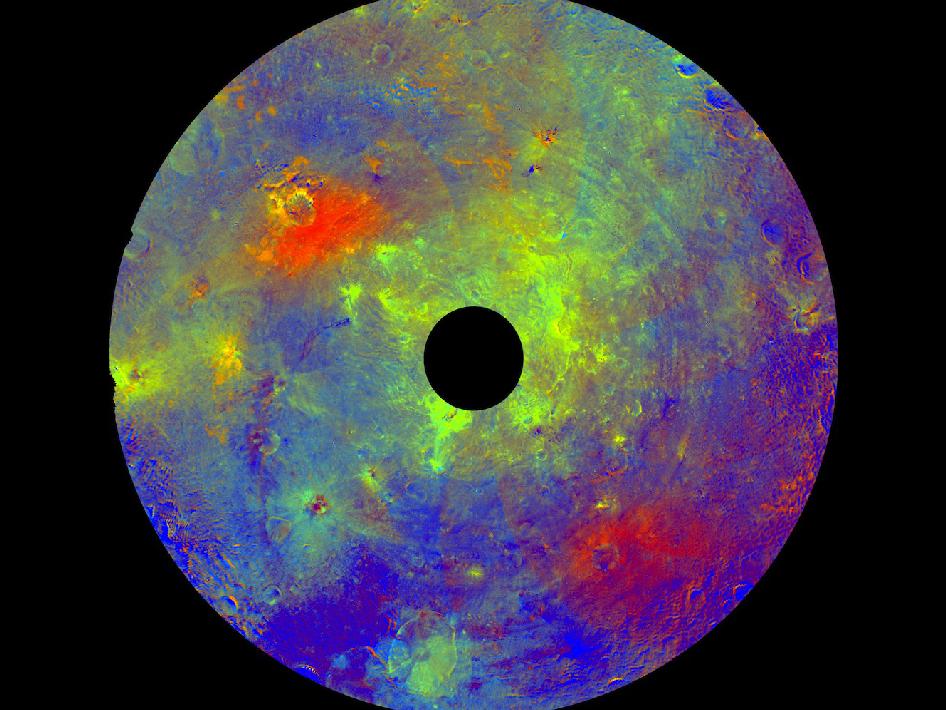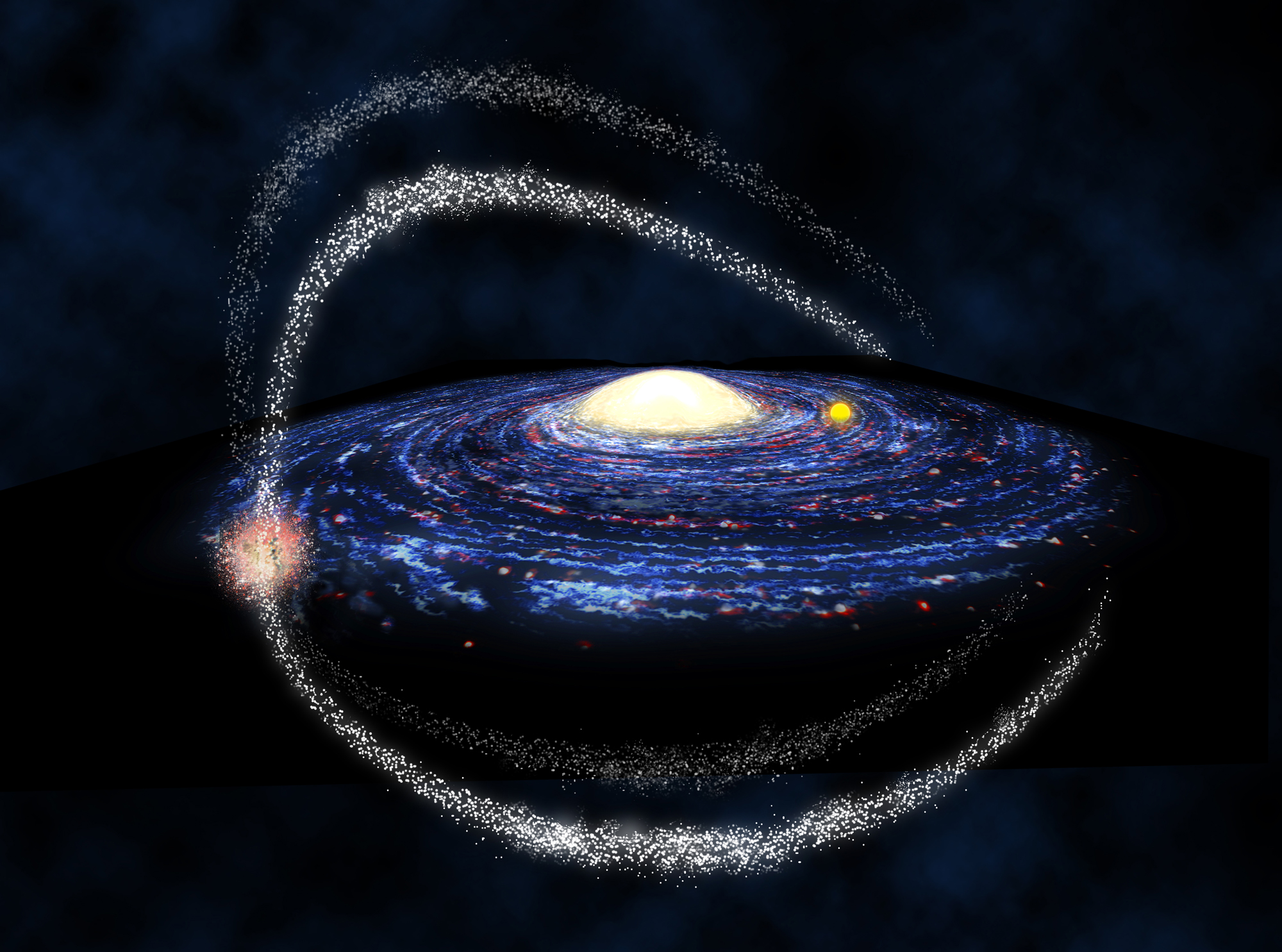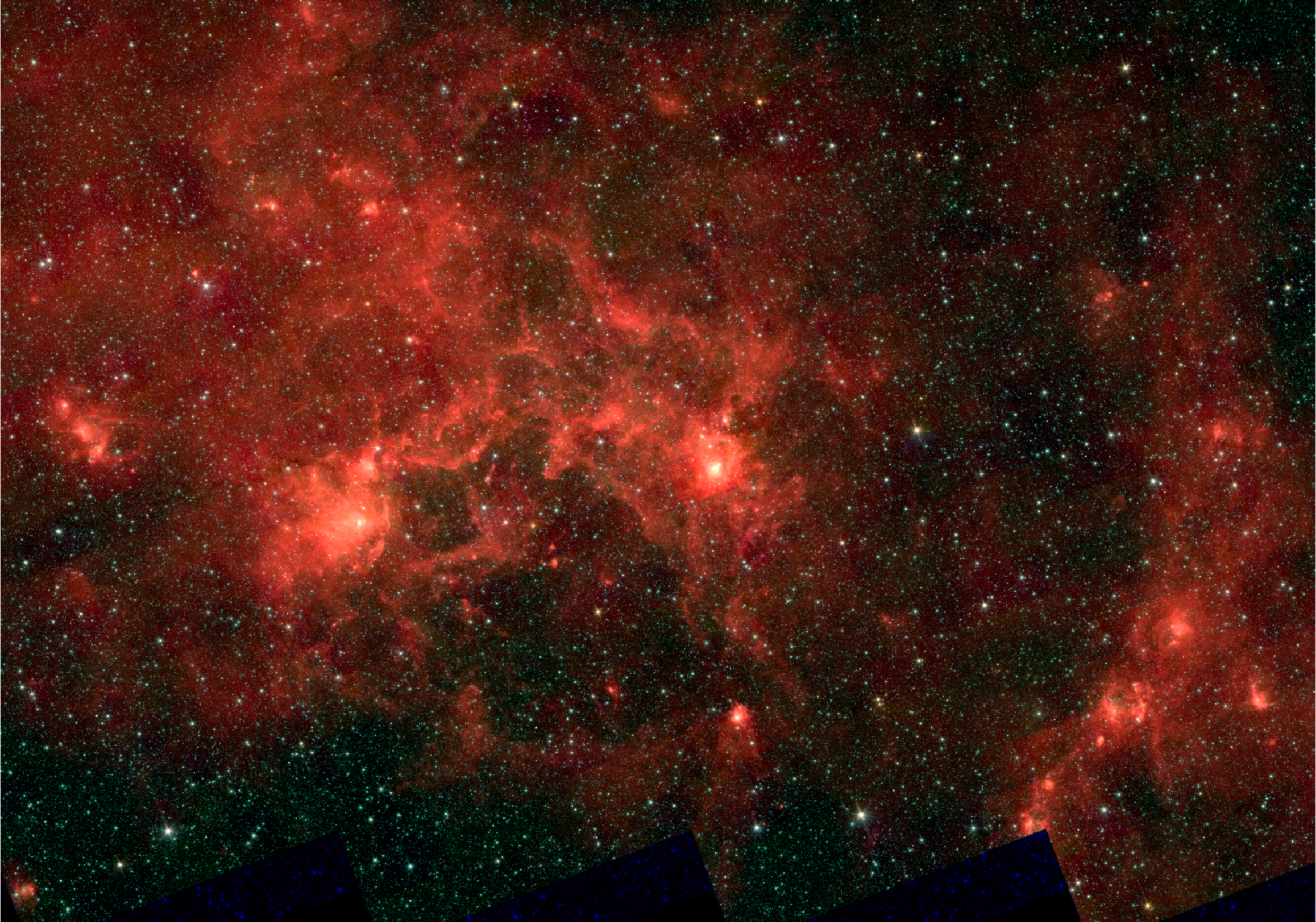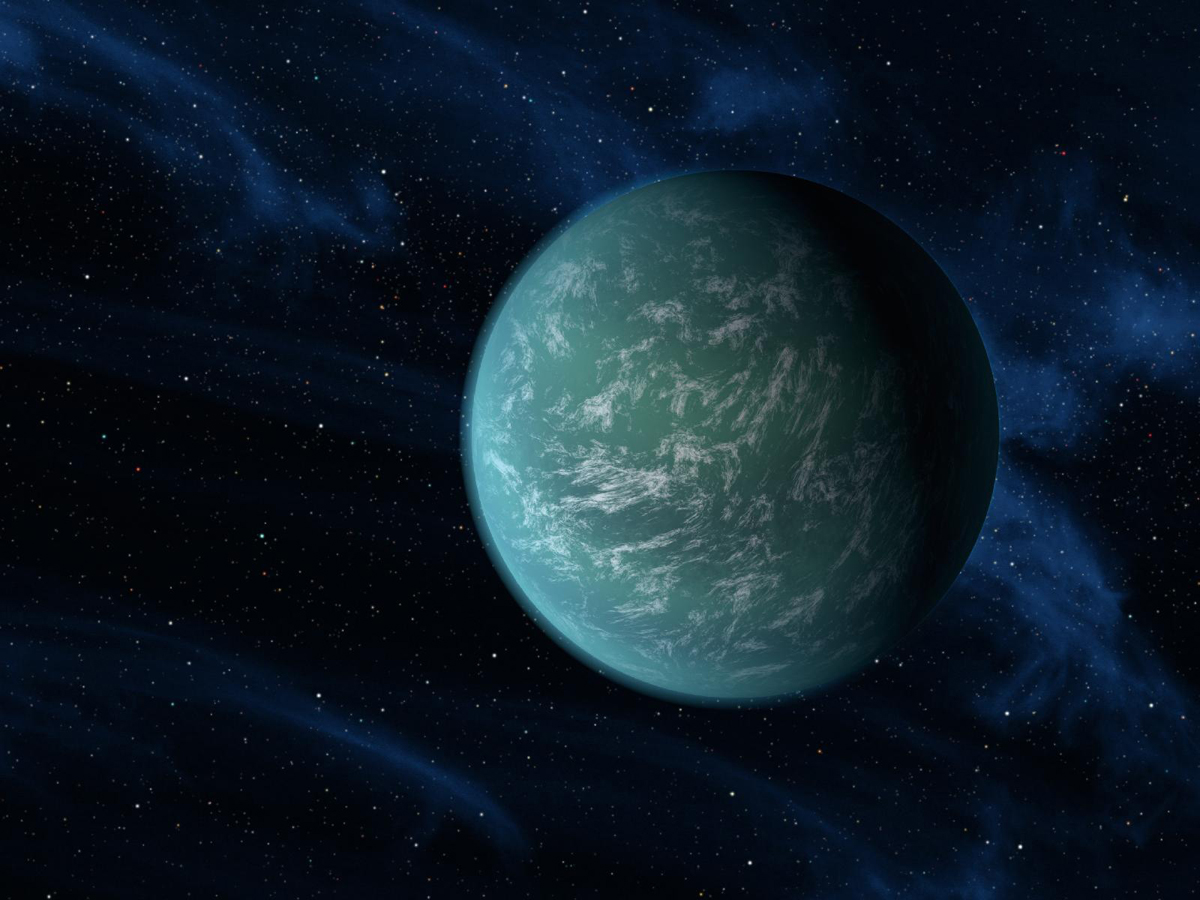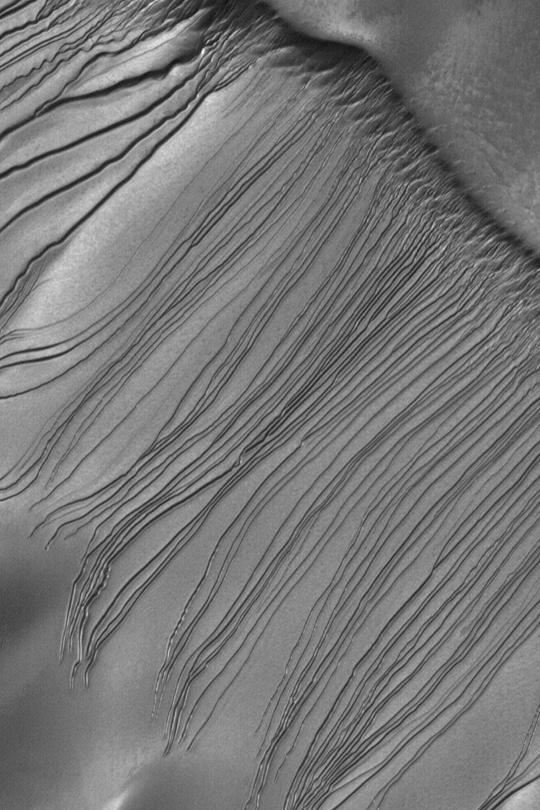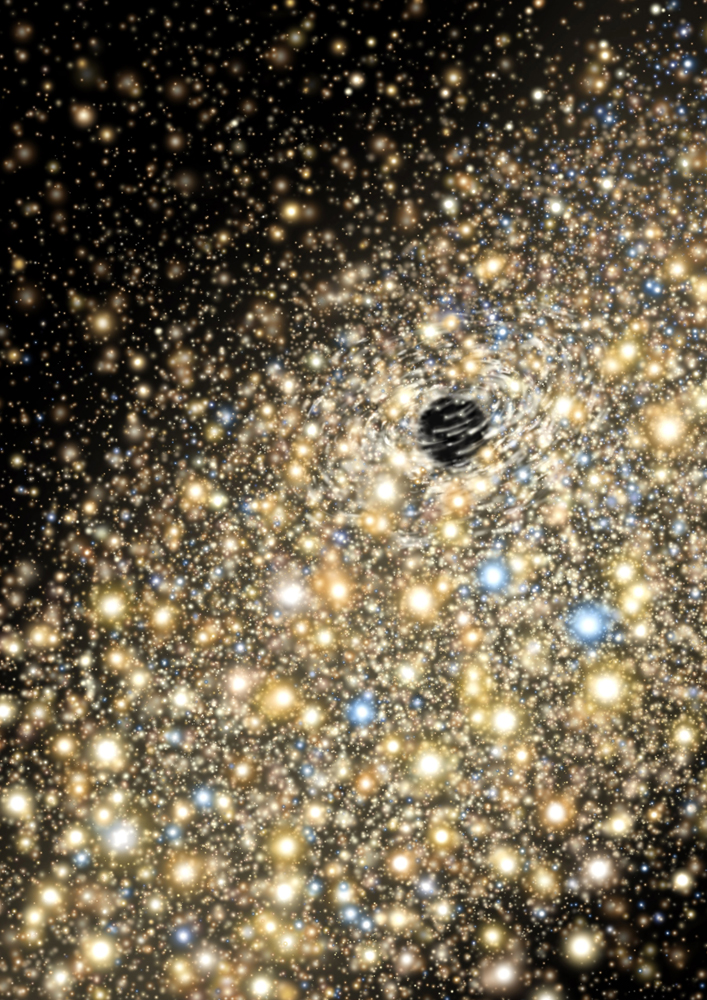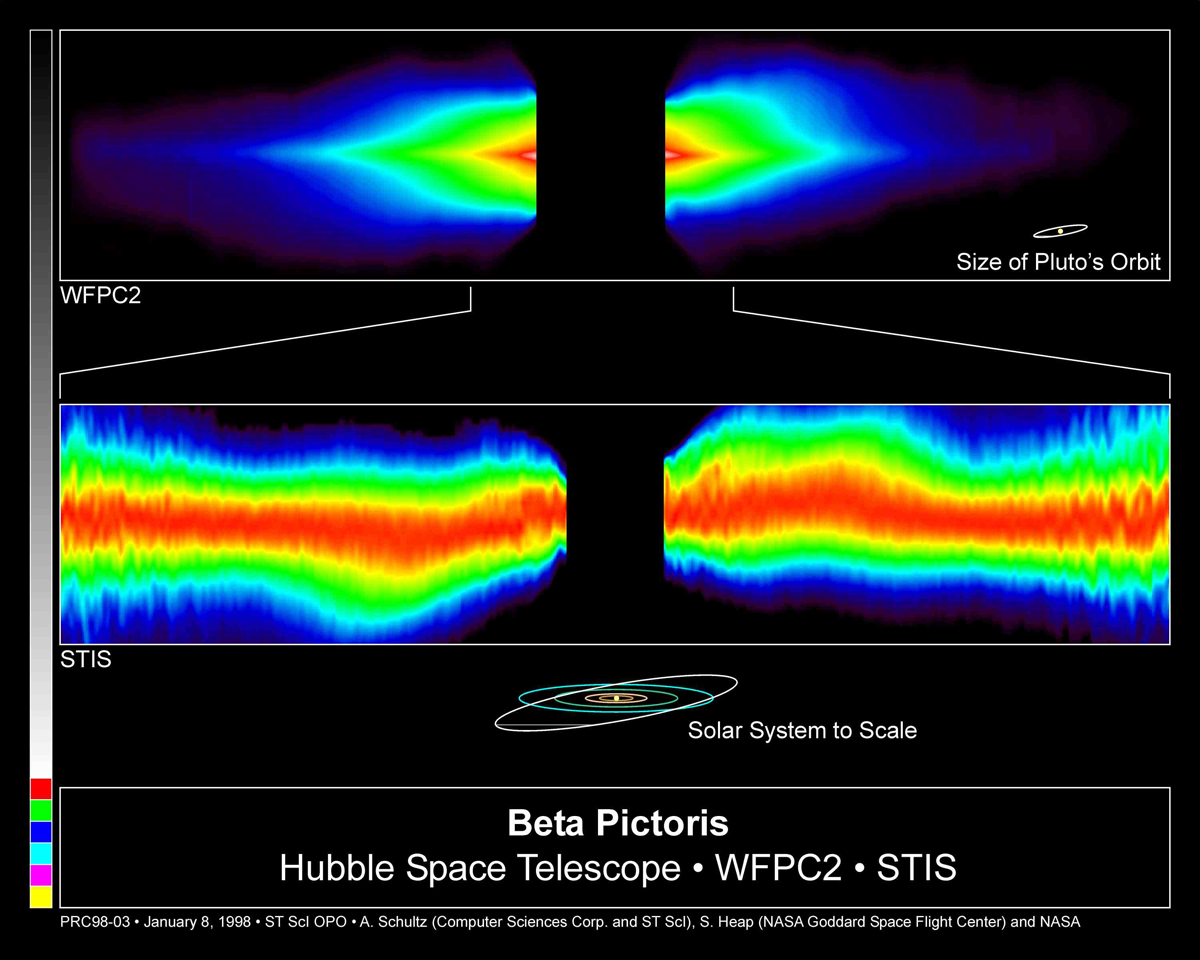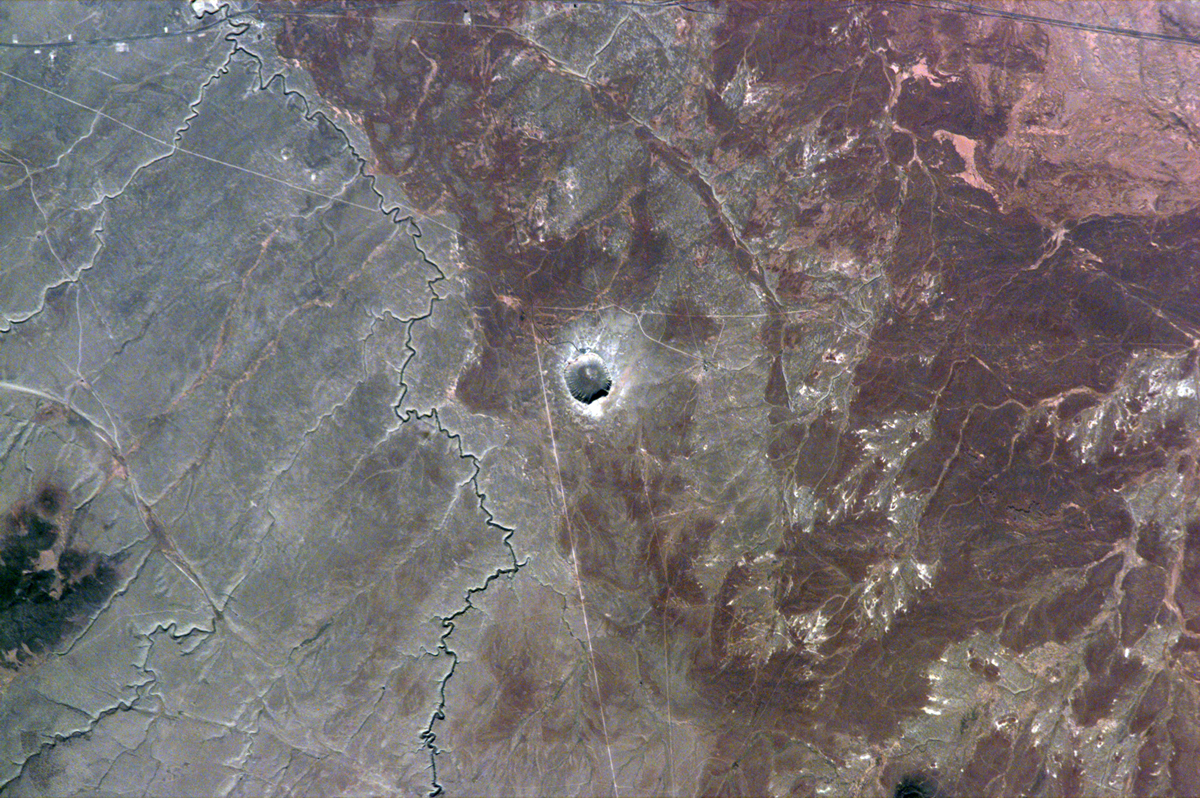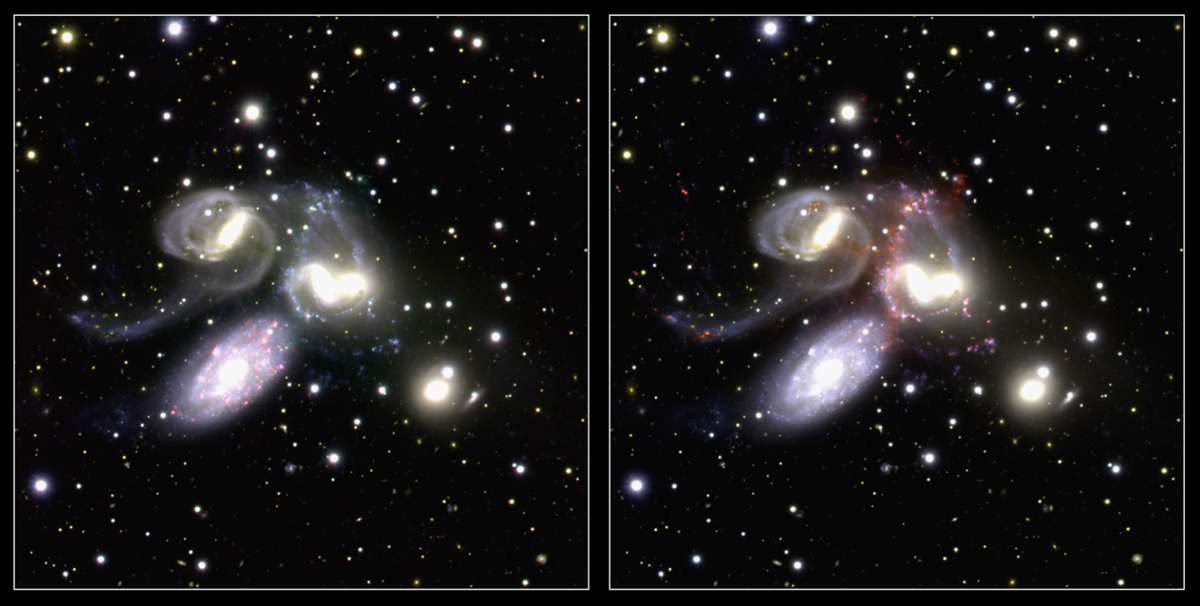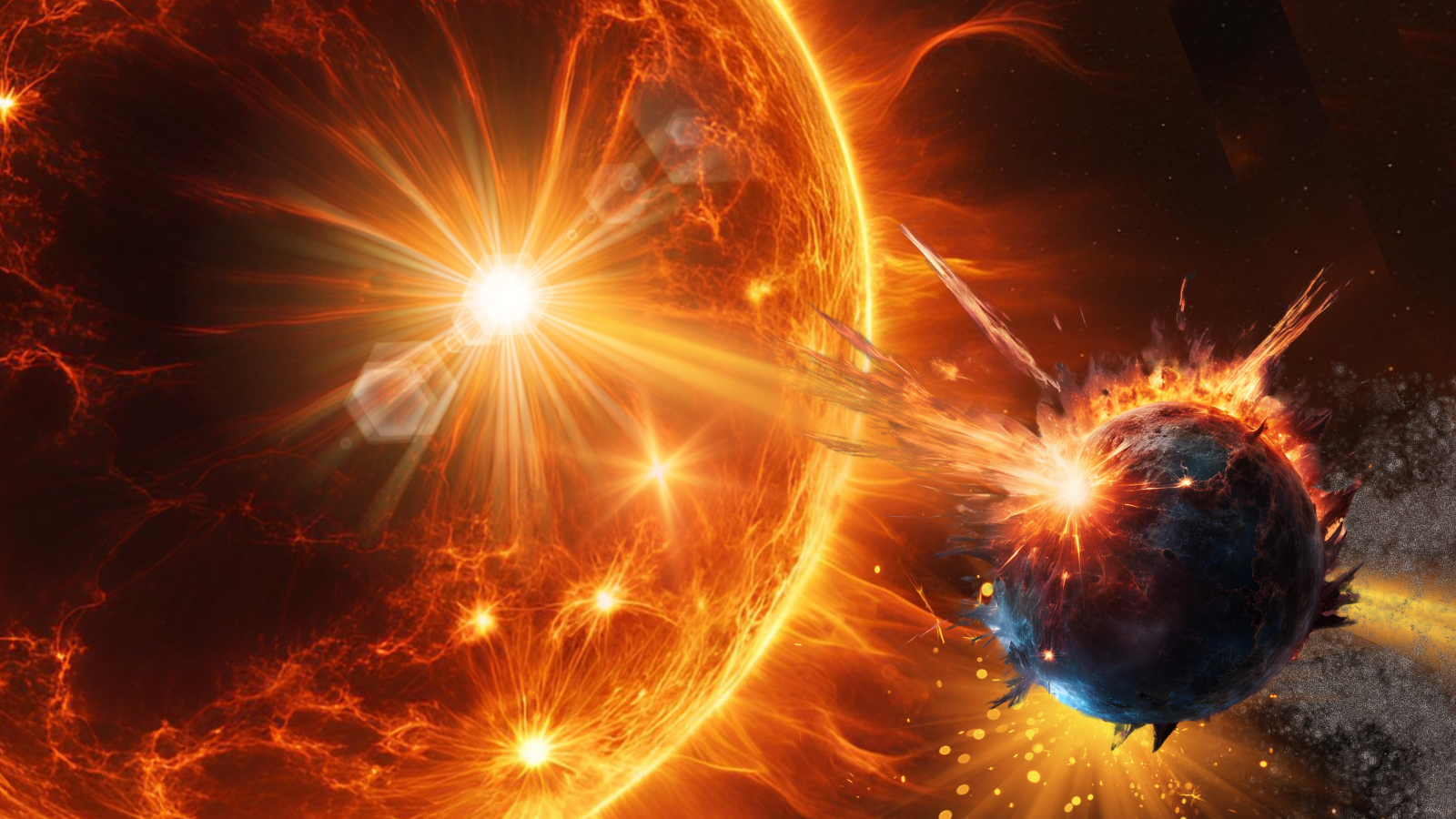Best Space Photos of the Week Dec. 10, 2011
Dragonfish in the Sky, Mars Craters and a Bright Rainbow Asteroid
From a dragonfish in the sky to a rainbow image of asteroid Vesta, there were some stunning views from space this week.
Don't miss these stunning photos and images from the last week in space.
Milky Way's Galactic Gobbling Leaves Star 'Crumbs'
Streams of stars spread out across the sky are evidence that the Milky Way has been chomping on neighboring dwarf galaxies, a new study reports. [Read More]
Astronomers Find Cosmic 'Dragonfish' Packed with Supermassive Stars
Three astronomers at the University of Toronto have found the most numerous batch of young, supermassive stars yet observed in our galaxy: hundreds of thousands of stars, including several hundreds of the most massive kind - blue stars dozens of times heavier than our sun. [Read More]
Asteroid Vesta's 'Rainbow' Ingredients Shine in New Image
NASA's Dawn spacecraft is revealing the asteroid Vesta in a whole new light. [Read More]
NASA Telescope Confirms Alien Planet in Habitable Zone
-- NASA's Kepler spacecraft has detected more than 1,000 new alien planet candidates, and confirmed its first exoplanet in its host star's habitable zone. The finds bring the number of potential exoplanets discovered by the space telescope to more than 2,000. [Read More]
Mystery of Mars Gullies Solved
New research reveals that Martian polar gullies could have formed without the presence of liquid water on their surface. Instead, the sublimation of carbon dioxide could have been responsible for the formations on the red planet. [Read More]
Monster Black Holes Are Most Massive Ever Discovered
Scientists have discovered the largest black holes known to date, supermassive black holes that weigh more than 9 billion times the mass of our sun. [Read More]
Breaking space news, the latest updates on rocket launches, skywatching events and more!
Alien Planet Warps Its Solar System
Antarctica may be the bottom of the world, but the coldest, driest, highest continent is the best place for looking up at the heavens on Earth. [Read More]
Meteor Crater Helps Unlock Planetary History
The Barringer meteorite crater – known popularly as “Meteor Crater” near Winslow, Ariz., is a prime example of a space rock impact site, and is being used by scientists to study the mechanics of impacts throughout the universe. [Read More]
Quintet
Stephan's Quintet, in the constellation Pegasus, consists of five galaxies, although one lies closer than the others. Japan's Subaru Telescope shows two views of the grouping using different filters to distinguish the recession velocity of each object, the speed at which the object moves away from the observer. The image on the left shows the galaxies filtered for a recession velocity of 0, while the one on the right shows them filtered for a recession velocity of 4,200 miles per second. The contrasting images show that NGC7320 (lower left) is closer than the other galaxies. [See more amazing space images]

Space.com is the premier source of space exploration, innovation and astronomy news, chronicling (and celebrating) humanity's ongoing expansion across the final frontier. Originally founded in 1999, Space.com is, and always has been, the passion of writers and editors who are space fans and also trained journalists. Our current news team consists of Editor-in-Chief Tariq Malik; Editor Hanneke Weitering, Senior Space Writer Mike Wall; Senior Writer Meghan Bartels; Senior Writer Chelsea Gohd, Senior Writer Tereza Pultarova and Staff Writer Alexander Cox, focusing on e-commerce. Senior Producer Steve Spaleta oversees our space videos, with Diana Whitcroft as our Social Media Editor.
